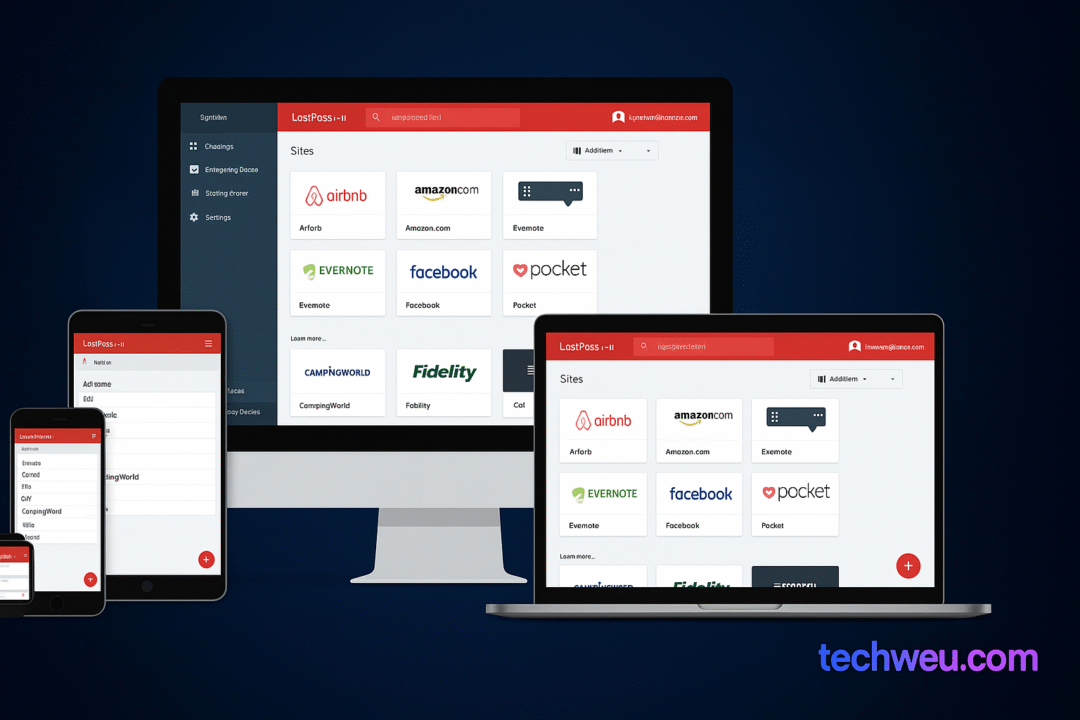2. These flaws are taken advantage of by means of reinstallation attacks (KRACKs). And the targets are devices using Wi-Fi – laptops, smartphones and smart homes. Any device that connects to the router via Wi-Fi is on target.
3. Vanhoef has claimed that apart from stealing sensitive information, it is also possible to tamper with the data. For example, an attacker may inject ransomware or malware onto the website.
4. The lack is in the Wi-Fi standard, not in any one product. This means that every correct implementation of WPA2 is affected by it.
5. All devices running on Android, Linux, Windows and OpenBSD, other than Apple devices, are affected by one or the other attack. To avoid an attack, the user should update his product as soon as he gets a security update.
6. Vanhoef has said that your Wi-Fi network password is not stolen in the attack. This means that changing the password of the Wi-Fi network will not protect you. You must ensure that your device is updated. You should also update the firmware of your router. After updating the router, you can change the Wi-Fi password for additional security.
7. The router may not need an update, as the attack occurs on a Wi-Fi client. You should contact your vendor for more information. The most important thing for the common user is to update their laptop and smartphone.
8. Vanhoef suggests users not to switch to unsafe WEP protocols on their routers. Until the device has been patched.
9. As a user, you have no choice but to wait for updates for smartphones and laptops. You install them as they become available.
10. Phones that the company has stopped giving updates. There will be a risk of attack on them.




